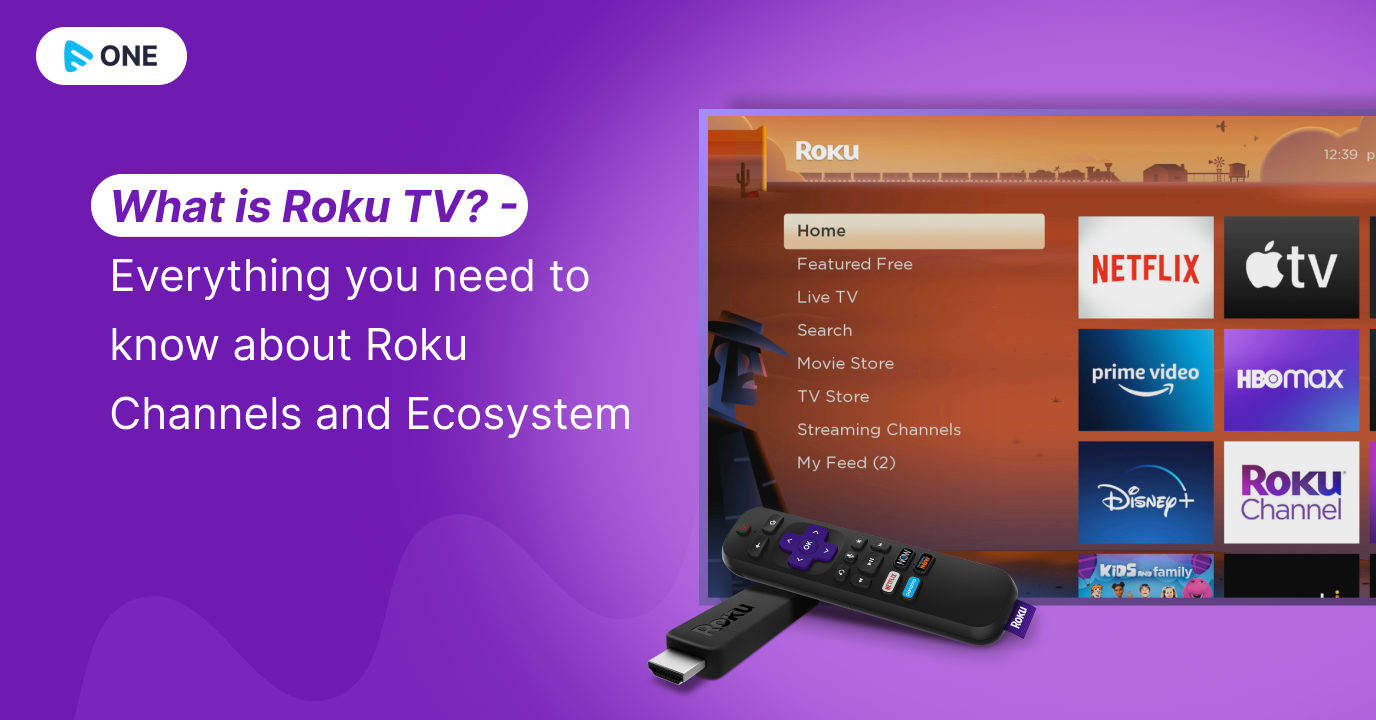8 Easy Facts About Apollo Group Tv Explained
8 Easy Facts About Apollo Group Tv Explained
Blog Article
Facts About Apollo Group Tv Uncovered
Table of ContentsGetting My Apollo Group Tv To Work3 Simple Techniques For Apollo Group TvSee This Report on Apollo Group TvWhat Does Apollo Group Tv Do?
In this scenario, instead than having three-minute business spots during a 30-minute tv program, television programming might alter to one where a customer will be needed to have a regular monthly subscription, to make sure that they cen view targeted banner advertisements. This sort of advertising currently takes place on the web, and the amount of data tv companies gather permits them to do similar.Explain the significant fads among the broadcasting and cable networks. Popular radio reveals such as cops dramatization Dragnet and western cowboy series Gunsmoke were adjusted for tv, and brand-new Television shows were funded by single advertisers, just as radio programs had been.
Today, the television market is much more complex. Programs are funded by several advertisers; programming is regulated by major media corporations; and the three major networks no much longer dominate the airwaves yet rather share their visitors with various cord networks. Several variables make up these patterns within the sector, including technological growths, federal government laws, and the development of new networks.

Not known Facts About Apollo Group Tv
Established in 1969, (PBS) created out of a report by the Carnegie Payment on Educational Television, which checked out the function of instructional, noncommercial television on culture. Public television was likewise planned to offer global access to tv for visitors in country areas or customers who might not manage to pay for personal tv solutions.
The period between 1950 and 1970 is traditionally identified as the. Apart from a small part of airtime controlled by public television, the 3 significant networks (called the Big Three) dominated the television market, jointly making up more than 95 percent of prime-time viewing. In 1986, Rupert Murdoch, the head of multinational business News Corp, launched the Fox network, testing the prominence of the Big 3.
Targeting young and minority audiences with shows such as Buffy the Vampire Slayer, Moesha, Dawson's Creek, and The Wayans Bros., the brand-new networks wanted to draw stations away from their old network affiliations. Nevertheless, as opposed to duplicating the success of Fox, UPN and WB struggled to make an impact. Not able to draw in lots of affiliate terminals, both new networks got to less houses than their bigger opponents due to the fact that they were unobtainable in some smaller sized cities.
This choice led the way for the growth of cable film channels, contributing to the exponential development of cable in the 1980s and 1990s. apollo tv. More deregulation of cord in the 1984 Cord Communications Policy Act eliminated restrictions on cable rates, allowing operators to bill what they desired for cable television services as long as there was reliable competition to the service (a criterion that over 90 percent of all wire markets might satisfy)
Our Apollo Group Tv Diaries

Having actually created the first "superstation," Turner expanded his world by establishing 24-hour information network CNN in 1980. At the end of the year, 28 national programming services useful source were offered, and the wire revolution had actually started. Over the next decade, the industry underwent a period of rapid development and appeal, and by 1994 visitors might select from 94 standard and 20 premium cord solutions.
Figure 9 - https://anotepad.com/note/read/j6q3675f.16 Boosted competition from cable networks has caused a constant decline in the networks' audience rankings. Throughout the 1950s, the cost of creating a single television show boosted as programs ended up being much longer and manufacturing prices rose. Sponsorship on network tv shifted from solitary sponsorship, in which a program was totally supported and generated by one advertiser, to numerous sponsorship, in which marketers bought 1- or 2-minute areas on the program
Choose one of the Big Four networks and publish out its once a week programming routine. See the network's prime-time programs over the course of a week, noting the target group for each program.
Indicators on Apollo Group Tv You Should Know

Straight TV, usually described as conventional broadcast television, includes cable television and satellite tv. It's called "straight" because content follows a predetermined programming routine, unlike on-demand material which the private viewer determines to view based on their own preferences and routine. So, when you ask, "What is direct television?", consider it as the classic way of enjoying TV that has actually been around for years.
Report this page